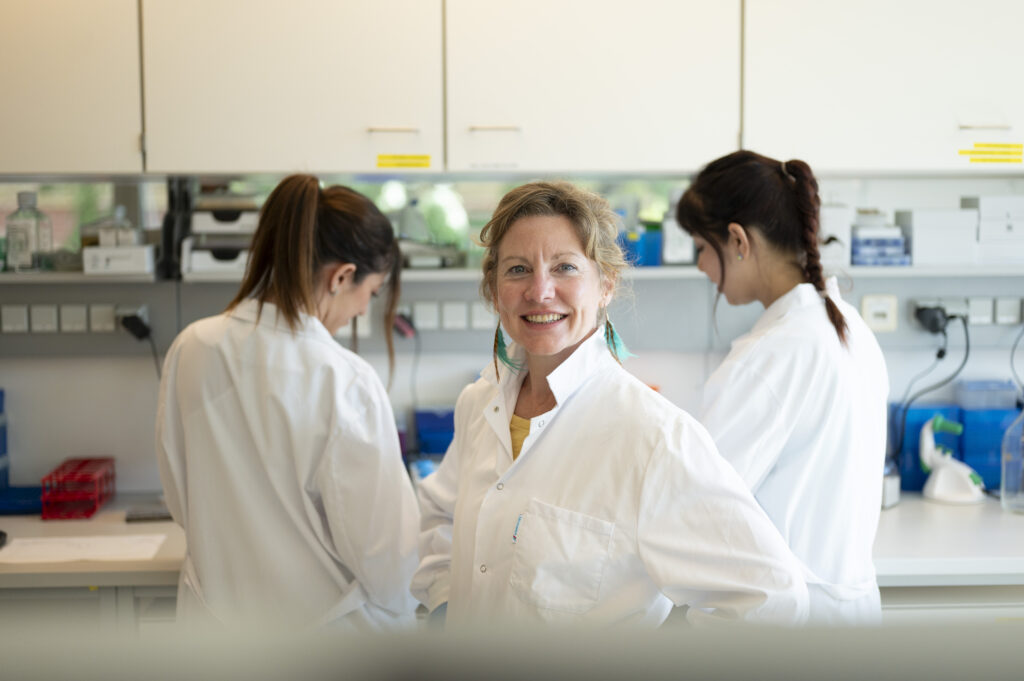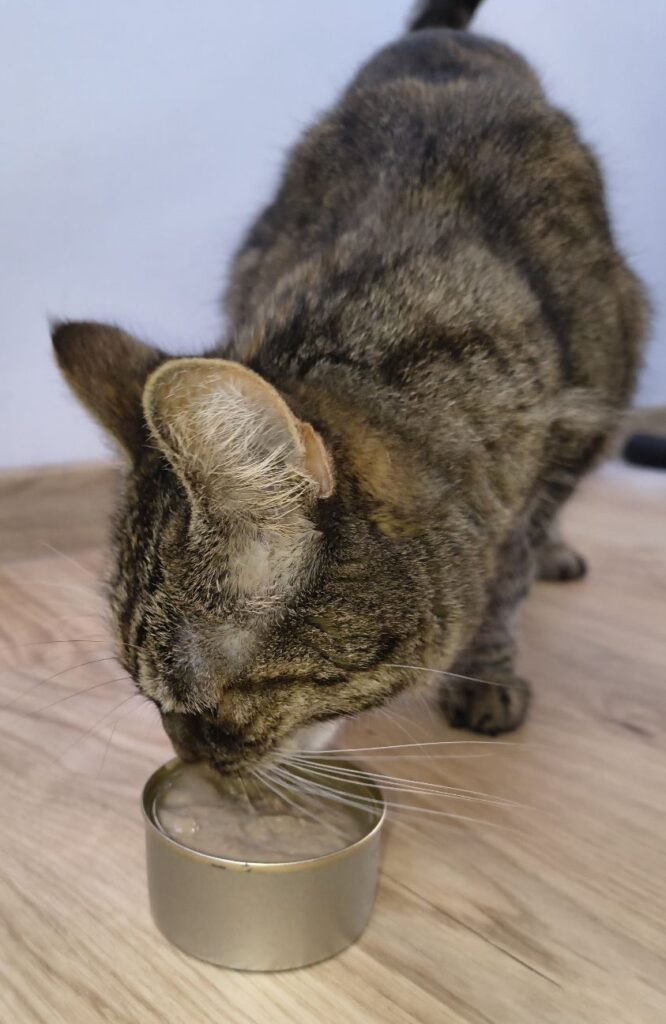BioCraft Pet Nutrition Strikes Deal to Produce ‘Mouse Mousse’ with 99% Cultivated Meat
5 Mins Read
Alternative protein startup BioCraft Pet Nutrition is working with Prefera Petfood to manufacture a cat food product with 99% cultivated mouse meat.
Shortly after registering its cultivated mouse meat with Austrian regulators – paving the way for market entry in the EU – BioCraft Pet Nutrition has signed a co-manufacturing deal to scale up production of its ingredient.
The US startup – which has a lab in Vienna – has linked up with Prefera Petfood, a specialist in premium wet pet food production founded by industry veterans last year, which sells primarily in Europe.
Through the partnership, the two companies will produce a nutritionally complete mousse for cats, made almost entirely of cultivated mouse cells. “The inclusion level of BioCraft’s cell-cultured mouse is 99%. The remaining 1% are plant-based fibres,” Shannon Falconer, co-founder and CEO of BioCraft, told Green Queen.
Now that it is cleared to sell cultivated meat to pet food makers in the EU, the firm is stepping up its production capacity. “We anticipate being able to offer meaningful volumes of our ingredient to pet food manufacturers in Europe in late 2025,” she said.
How BioCraft achieves a high inclusion rate for cultivated meat

BioCraft’s cultivated mouse meat slurry is derived from stable, non-GMO cell lines. It is designed to be used as a one-to-one replacement in wet or dry pet food at similar inclusion levels to conventional slurry.
While it’s still a nascent market, it’s common for cultivated meat ingredients to be mixed with a larger proportion of other ingredients – usually plant-based – when they’re sold, since the costs and scale of production are currently prohibitive.
For BioCraft to sell a product with nearly 100% cultivated meat, then, is a “game-changer”, Falconer said. “Most cellular agriculture initiatives struggle to reach high inclusion levels of their ingredient in a final product; however, low inclusion levels don’t accomplish the objective of reducing our reliance on intensive animal agriculture,” she argued.
How does Biocraft manage to do this while keeping costs manageable? “We have formulated a proprietary, nutrient-rich media made with AAFCO-approved, food-grade ingredients. In this way, the components of the growth media are not only good for our cells – they are also a source of nutrition for cats and dogs,” she explained.
“Rather than harvesting only the biomass — which is what ‘conventional’ cultivated meat producers focus on — BioCraft harvests all components from the bioreactor,” she added. This includes the nutrients that initially went in to support the growth of the cells, and the nutrients and flavour molecules that growing animal cells produce and secrete into the surrounding liquid environment.
“When capturing the biomass alone, these extracellular nutrients and flavour compounds are lost,” said Falconer. Her company’s process allows it to achieve a more nutritious and flavourful ingredient, and offer an affordable price point to pet food manufacturers, even at an almost 100% inclusion rate.
Typically, animal-derived growth media – the mix of proteins, sugar and nutrients that feed animal cells in a bioreactor – cost hundreds of dollars per litre. Last year, BioCraft announced that its product now had a sale price of $2-2.50 per lb, thanks to a plant-based medium formulated to provide a nutritious boost to the end product.
Cultivated pet food in the ascendance

BioCraft did not disclose details about the length of the partnership with Prefera Petfood, the production volumes, or the deal’s financials.
The cultivated mouse meat is a hypoallergenic source of protein with functional benefits for pet health. Third-party profiling of over 100 nutrients has shown that BioCraft’s ingredient has comparable levels of taurine, lysine, methionine and tryptophan to that of chicken slurry, and a superior omega-6 to omega-3 ratio.
The cell cultivation process is planet-friendly too, while the product is free from bacterial pathogens, viruses, mycotoxins, moulds, and yeasts, as well as biogenic amines and heavy metals.
Importantly, cats seem to like it, with early palatability tests exhibiting “exceptional acceptance rates”. In fact, taste tests have demonstrated a strong preference for BioCraft’s cultivated mouse over conventional meat among felines.
“Cats are notoriously selective eaters, so we’re thrilled with the enthusiastic reception,” said Nicola Magalini, general manager of Prefera Petfood. “It’s clear that our feline friends can’t tell the difference – except perhaps that they prefer it.”
She called the collaboration a milestone in “functional, sustainable and ancestrally appropriate pet nutrition”. “As a company committed to the highest standards of safety and quality, using only real, identifiable ingredients without artificial additives or preservatives, our partnership with BioCraft helps us innovate in ways that benefit both pets and the environment,” she said.
It is the latest development in what’s shaping up to be a big year for alternative pet food. BioCraft, which has raised $6.7M in funding to date, is already in talks with leading manufacturer Partner in Pet Food. Meanwhile, London-based startup Meatly partnered with vegan pet food maker The Pack to launch its cultivated chicken in dog treats at Pets At Home, after becoming the first company to be approved to sell cultivated meat for pet food last year.
Czech startup Bene Meat Technologies – the first to register cultivated pet food as an EU feed material back in 2023 (it did so under the fermentation category) – is awaiting approval from the US Food and Drug Administration too. Speaking of which, Cult Food Science has conducted feeding trials in the US in pursuit of regulatory approval for its Noochies! brand. And Friends & Family Pet Food Co has inked two deals to launch stateside and in Singapore.



